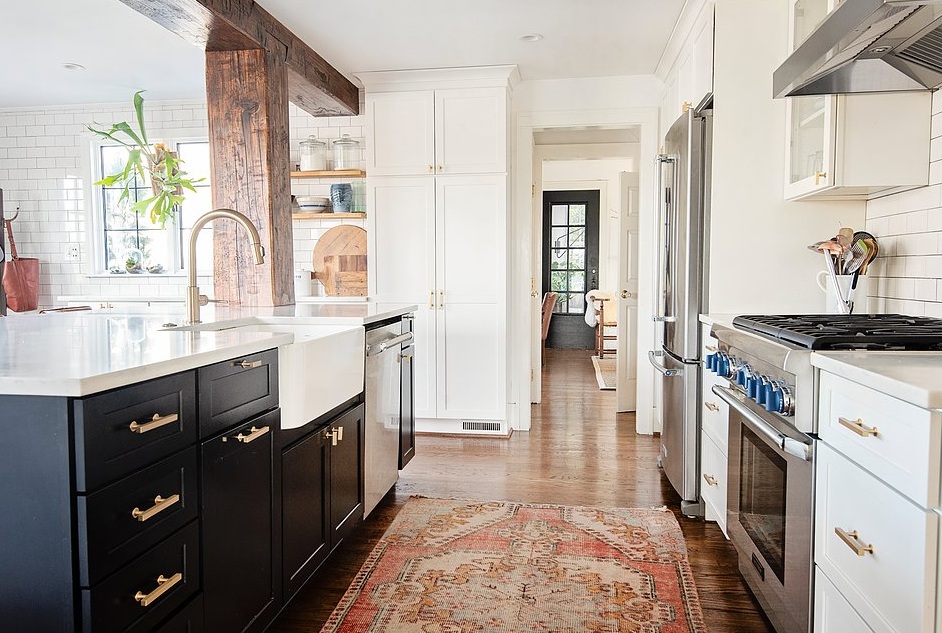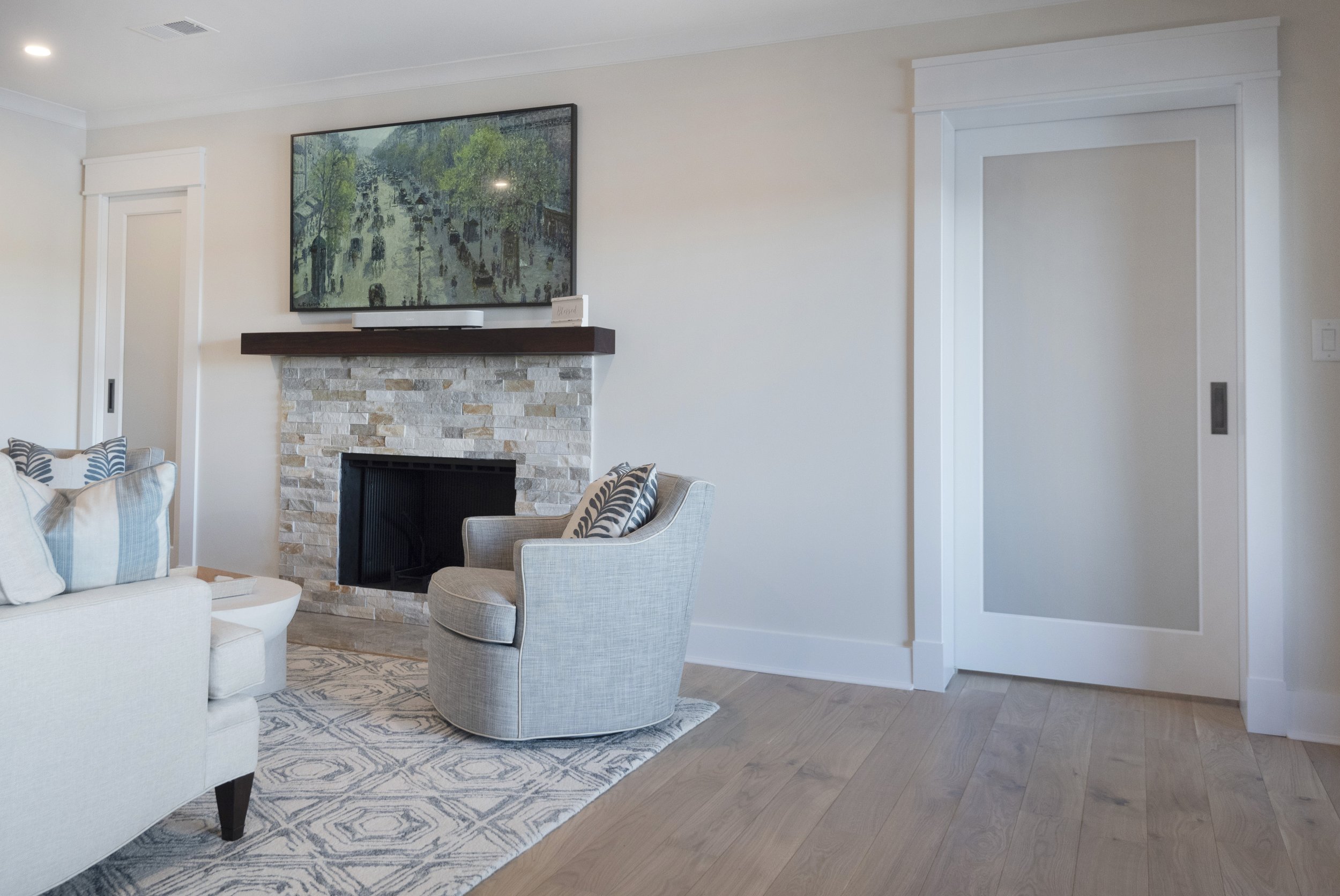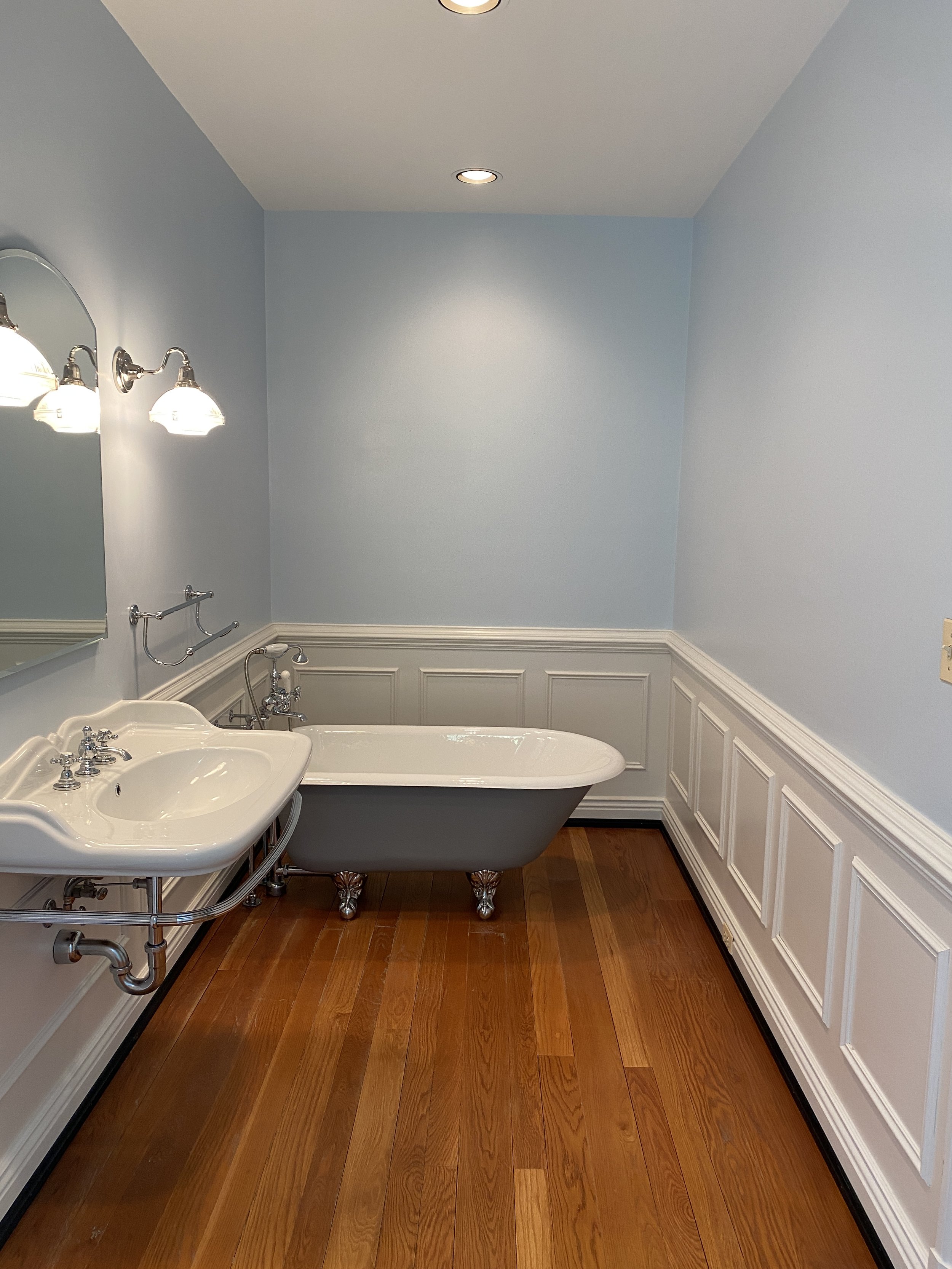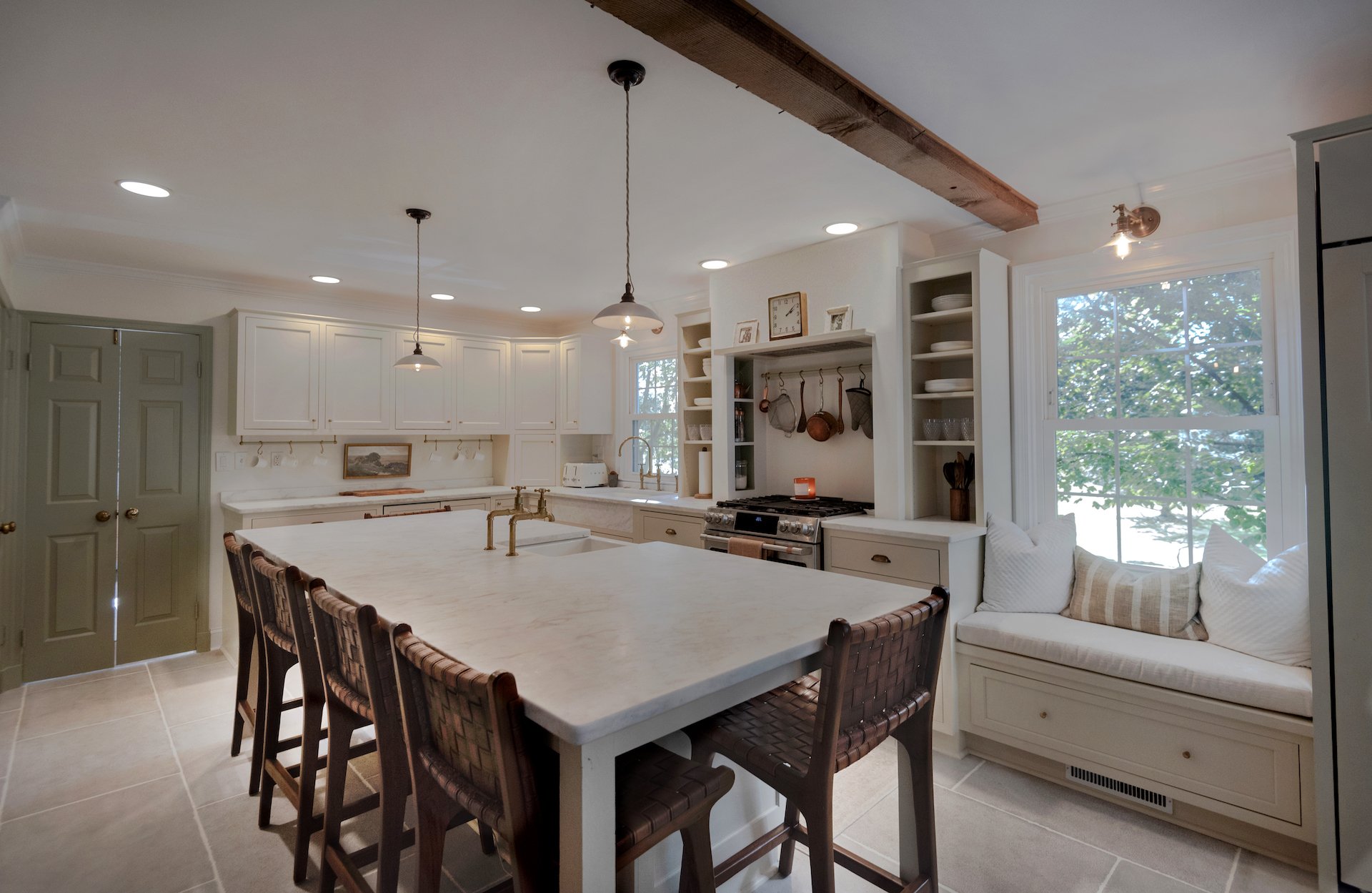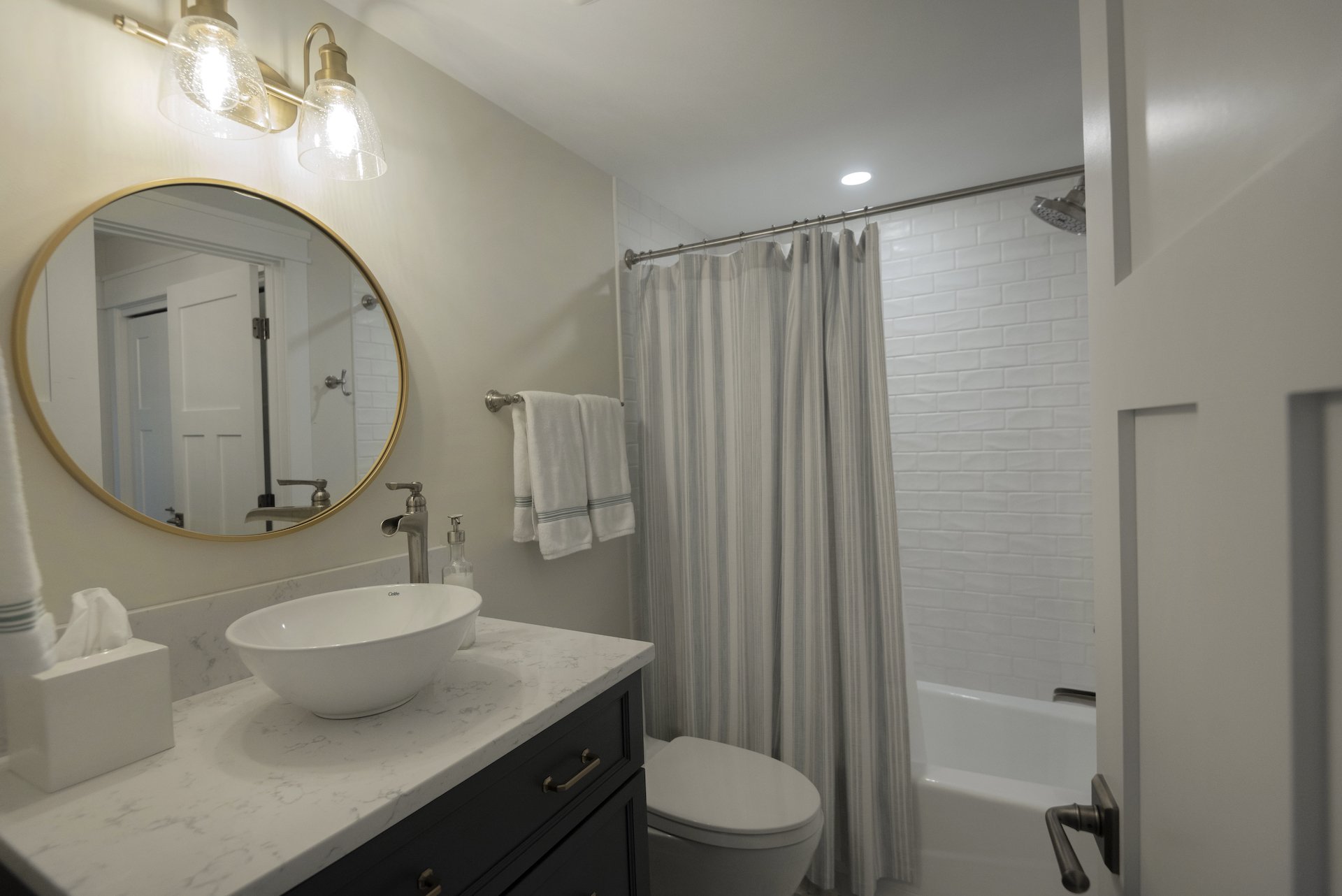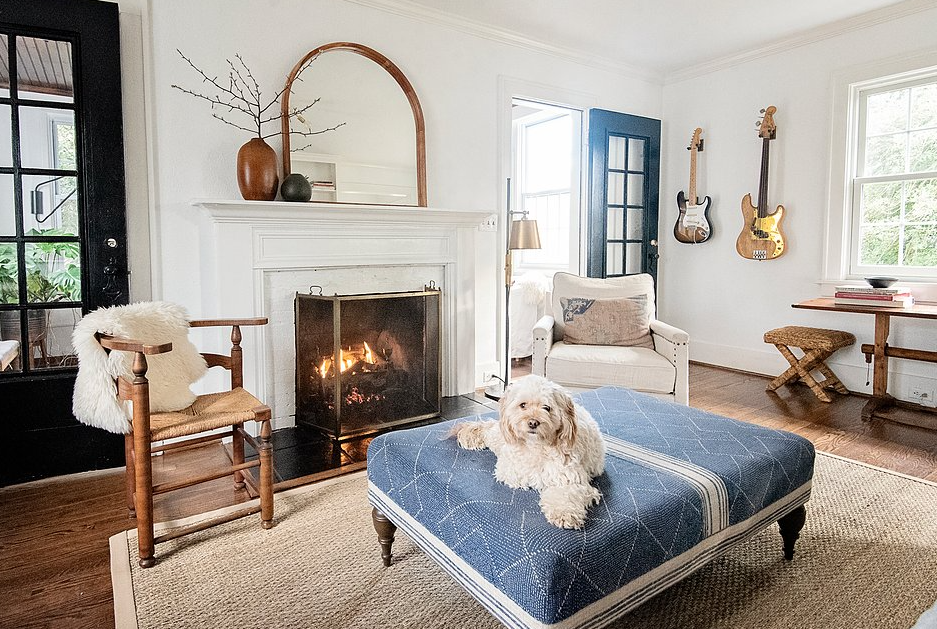1. What’s the best approach to primers? When do I need one? What are the situations when I don’t need to use a primer?
The first thing I always talk about is prep! Even though these are primers, there still is a certain amount of surface prep that needs to be done prior to priming. The surface must be clean, dry, dull and sound.1
You may not need a primer if you’re painting over similar types of existing finishes that are clean, dry, dull and in sound shape – such as latex to latex, or latex to oils.
We are going to recommend a primer when you need to promote adhesion, block stains, fill porous surfaces like concrete block, or resist alkali and efflorescence, provide corrosion resistance, paint white over deep, dark colors, and so on.
This also is all dependent on existing coatings. For example, you might need a bonding primer if you’re trying to paint cabinets that have been factory-finished. Primers can help hide in the transition of color, or even provide bonding when moving from catalyzed epoxies or varnish to acrylic paints.
2. What are the advantages and disadvantages of water-based primers?
Advantages: Water-based primers are easier to use. Many have less than 50 g/L VOCs as well.
Some water-based acrylic primers/ sealers help seal out solvent sensitive stains, including tar, solvent based markers, blocks stains from crayon, permanent marker, pencil, mustard, ketchup and tea.
Some water-based primers are designed to be applied to drywall to help seal the drywall so that the subsequent coats will provide great holdout of the finish. This will help achieve a smooth, professional finish, improve touch-up performance of the topcoat, and attain the truest paint color in the fewest coats.
Disadvantages: Sometimes stains can be activated by the water in the coating.
3. What are the advantages and disadvantages of solvent/oil-based primers?
Advantages: Solvent/oil-based primers tend to do a better job of blocking certain water-soluble and general stains. For instance, oil-based exterior primer will help block severe wood tannin stains common in bleeding woods like red cedar and redwood.
Other interior/exterior alkyd type primers are very good at blocking stains from smoke, fire and nicotine, and block tannin bleed from bare wood. Depending on the need, primers are formulated to dry slowly to very quickly.
Disadvantages: As with a water-based primer, sometimes the stain can be activated by the solvent in the coating. Some oil-based primers can be higher VOC and have an objectionable odor.
4. Is this the right primer for the job?
Let’s not forget to match up the quality of primer to the environment in which it will be used. Before choosing a primer, there are many questions that need to be asked. By understanding the benefits of each primer, you can focus in on proper product selection for specific areas of the project.
Whether you’re a pro or a novice painter, you don’t need to know all of the answers about priming and painting – just the right questions to ask.
A good starting point is to ask your paint sales rep or store manager: “What is the right primer for my project?”
At Sherwin-Williams, we design products for specific jobs, rather than broad formulations or one-size-fits-all, and our employees are trained to help you determine the best primer for your next project.
If you’re considering a lower-cost primer, ask: “What performance characteristics am I sacrificing for price?” It’s always wise to be sure you are comparing “like” products from different manufacturers.
Finally, ask: “Which system is going to give me the best long-term value?”
Investing a little more in high-quality Sherwin-Williams primer and finishes can offer big dividends in reduced maintenance costs over time.
5. How long does it take for primers to dry and adhere properly?
I would answer this question with a question: How long has the primer been allowed to dry and/or cure?
Standard acrylic latex type primers may take longer to dry and cure to attain proper adhesion than, say, a fast-dry oil-based product. So, if that acrylic primer has had only four to eight hours dry time, I would say you could possibly pull a lot of primers off the substrate with just tape.
Some primers (such as modified acrylic bonding primers) offer great adhesion within 24 hours on various substrates. Drying and adhesion all depends on the coating technology and manufacturer’s formulations. I would check the manufacturer’s data page for drying and recoat times.
If there is an adhesion problem to begin with, then a coating will only be as good as what is underneath it. That’s why at the very beginning I talk about the surface prep that needs to be done prior to priming. To reiterate, the surface must be clean, dry, dull and sound before primer or paint is applied.
6. Aren’t a lot of interior paints now “paint and primer in one”? Why do we need primers?
When you read the label or product technical information regarding the practical application of these products, you basically do not need to prime when you can “get by” without a primer, especially over existing clean, sound, painted surfaces.
What we mean by this is simply spelled out within the directional copy of these products. There is a requirement of a primer when you need to promote adhesion, or block stains, fill porous surfaces like concrete block, or resist alkali and efflorescence, etc.
Most importantly of all, some “paint and primer in one” products require at least a second coat (and maybe more) to achieve complete coverage and satisfactory results and performance.
One point to remember is that you may be able to “get by” with satisfactory results when using these products as a primer and finish paint on certain new substrates. However, the best quality finish will be achieved with the use of the appropriate premium primer. Do it right the first time and get the finest quality finish customer’s demand. The right primer for the job should always be the first recommendation.
Notes
1Warning! Removal of old paint by sanding, scraping or other means may generate dust or fumes that contain lead. Exposure to lead dust or fumes may cause brain damage or other adverse health effects, especially in children or pregnant women. Controlling exposure to lead or other hazardous substances requires the use of proper protective equipment, such as a properly fitted respirator (NIOSH approved) and proper containment and cleanup. For more information, call the National Lead Information Center at 1-800-424-LEAD (in US) or contact your local health authority.



